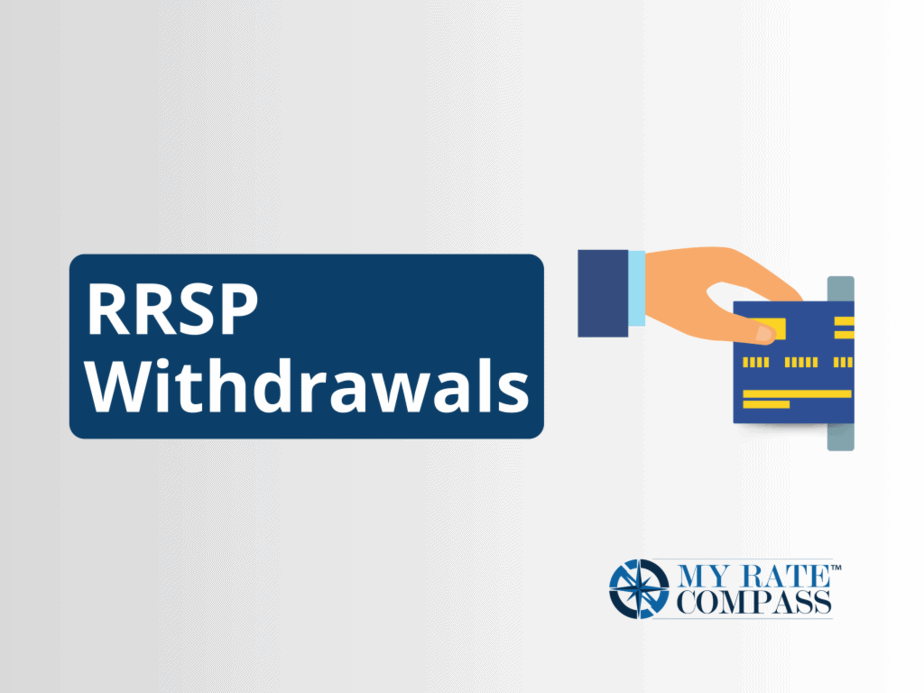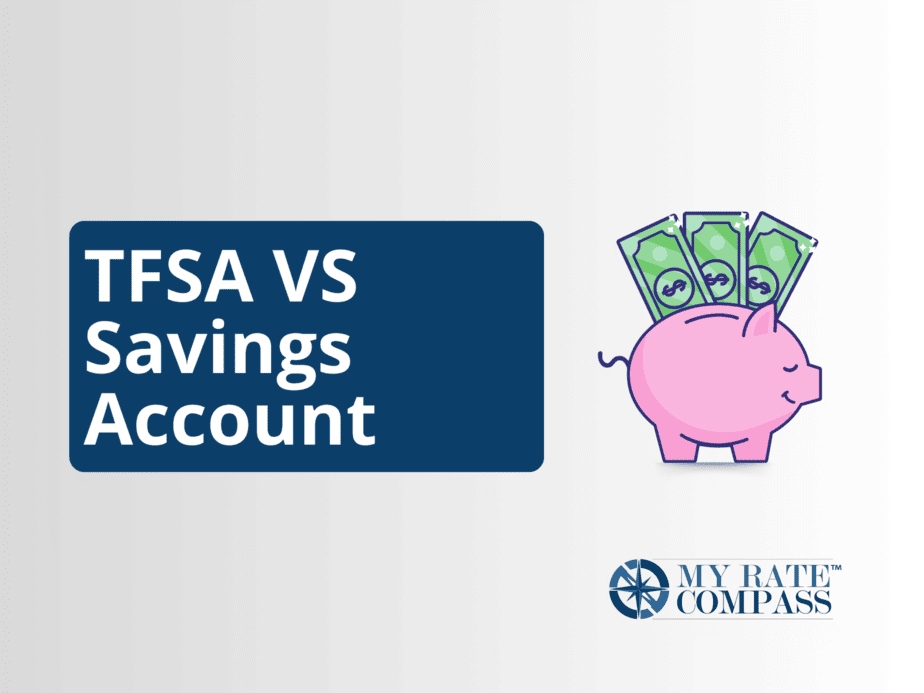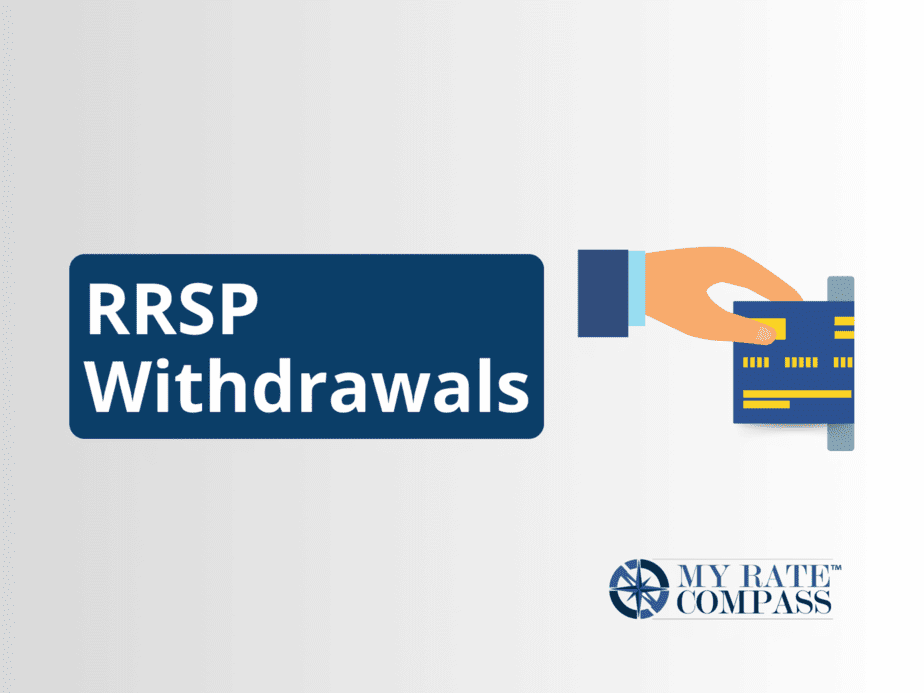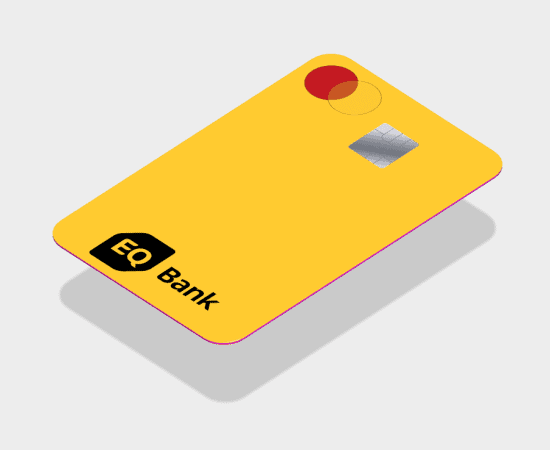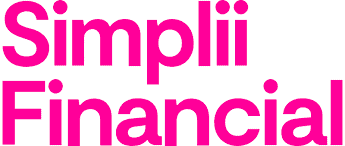RRSP Withdrawals Rules
In 1957, the Government of Canada introduced RRSPs to Canadians as a way to motivate them to save for retirement. Today, RRSPs continue to be one of the most powerful retirement savings tools available to Canadians. In general, withdrawing from an RRSP should be avoided because of all the severe consequences. However, there are times when you may need to make a withdrawal. Before you do withdraw from your RRSP, be sure that you’re aware of all the consequences. You can learn more about the repercussions of withdrawing from an RRSP below.
What is an RRSP?
RRSP is an abbreviation of registered retirement savings plan. RRSPs are registered with the government. Investment in an RRSP gives the account holder tax breaks which is a tactic implemented by the government to promote savings for retirement. The primary benefit of an RRSP is tax on contributions is deferred until retirement.
Tax breaks?! Yes, you read that correctly! When you invest money into your RRSP, the government responds by giving you a reduction in your taxable income. Essentially, the government is allowing you to defer the payment of tax on the income you contributed to your RRSP. When you withdraw the money in the future, you will be taxed then.
What Investments Can an RRSP Hold?
RRSPs are extremely versatile with the investments they can hold. You can invest the money in your RRSP into GICs, bonds, stocks, mutual funds and much more. It is also possible to invest plain cash into your RRSP, but it’s wise to invest the money somewhere instead of having it sit there idly for years. You may as well put your money to work while it waits for you to retire!
RRSP Withdrawals
Withdrawing from an RRSP is a complicated process, especially before you’re retired. You will be required to pay tax on what you withdraw, unless the withdrawal is subject to special rules. Before making a withdrawal, be sure to do your research so you’re fully informed of the implications.
Withdrawing from an RRSP Before Retirement
It is possible to withdraw from an RRSP before you’re retired, however, it’s not recommended. When you withdraw from an RRSP, it will be considered income and you’ll be required to pay tax on the withdrawn amount when you complete your tax return. In addition, your financial institution will hold back a portion of the tax and pay it to the federal government on your behalf. This is known as withholding tax and the rates can be found in the table below.
| Withdrawal Amount | Withholding Tax (excluding Quebec) | Withholding Tax Rate in Quebec* |
| $0 to $4,999 | 10% | 5% |
| $5,000 to $14,999 | 20% | 10% |
| $15,000 or more | 30% | 15% |
* An additional 16% provincial withholding tax will be taken in Quebec.
After you make the withdrawal, you cannot re-contribute what you withdrew because the contribution room will be lost forever. For this reason, withdrawing from your RRSP early can have a meaningful, lasting impact on your ability to save for retirement.
Withdrawing from an RRSP in Retirement
You are allowed to contribute to your RRSP until December 31 of the calendar year you turn 71. At this point, the RRSP must be collapsed and you have two options on how you can collapse your RRSP:
- Convert your RRSP into a Registered Retirement Income Fund (RRIF). You can start withdrawing payments from your RRIF immediately, but the CRA will determine a minimum amount that must be withdrawn. The amount the CRA sets as the minimum is based on age and is a percentage of the market value of the RRIF.
- Withdraw the full amount as a lump sum payment, subject to withholding tax. The full amount will be included in your income on your tax return and you would be required to pay tax on the amount. This can result in a very large tax bill for the year.
The first option is more popular since it does not result in a hefty tax bill and you can control how much income you incur. You cannot hold an RRSP past the age of 71, be sure that you collapse your RRSP in the year you turn 71.
Transferring RRSP Funds
Funds in an RRSP can be transferred from one financial institution to another with no consequences, as long as the funds remain in an RRSP. Common reasons for transferring RRSP funds include the breakdown of a common law or spousal relationship and death of a spouse. Generally, to complete an RRSP transfer with no consequences, there must be special circumstances. Ask your financial institutions if you’re unsure if a RRSP transfer will be taxed.
While there is no taxation to complete an RRSP transfer, you may have to pay a transfer fee to one or both financial institutions. Ask your banks about potential fees if you’re planning on making a transfer.
Spousal RRSP Withdrawal Rules
Spousal RRSP withdrawals are subject to special rules. You can contribute to a spouse’s RRSP until December 31 of the calendar year your spouse turns 71. Whoever makes the contribution into the RRSP receives the tax deduction. Whoever owns the RRSP pays tax on the withdrawals.
The CRA has implemented something called the attribution rule. This rule is designed to prevent the use of a spousal RRSP contribution for tax avoidance. The attribution rule states that if the funds contributed by a spouse are withdrawn within three years of the contribution date, the contributor will be taxed on the income instead of the account holder.
If one spouse contributed all the income to the other spouse’s RRSP, there is a spousal RRIF rule. When the RRSP account holder turns 71 and the account turns into an RRIF, the account holder will pay the tax if only the minimum amount is withdrawn. If more than the minimum amount is withdrawn, then the spouse who made the contributions pays the tax.
RRSP Withholding Tax on Multiple Withdrawals
As you may have noticed, the withholding tax is hefty. Some individuals withdraw multiple smaller amounts in a short period of time to avoid the highest withholding tax rate. However, your bank may notice the trend and deduct the full withholding tax anyway. This is why it’s ideal if you can get the funds you need elsewhere because tax is generally unavoidable.
Special RRSP Withdrawal Rules
Normally, money withdrawn from an RRSP is subject to withdrawal tax and income tax. Two exceptions to this rule are the Home Buyer’s Plan and the Lifelong Learning Plan. Money withdrawn under these plans is not subject to tax and the withdrawal must be paid back into the RRSP over a set period of time. In other words, these plans consider the withdrawn money to be a loan from the RRSP that must be repaid. Below is more information about these programs.
Home Buyer’s Plan (HBP)
If you meet all of the eligibility criteria, the CRA will allow you to withdraw up to $35,000, tax-fee, to put towards the purchase of a home. Once you make the withdrawal, you have 15 years to repay the funds back into your RRSP. The repayments start the second year after the year you withdraw the funds. The CRA will send you a statement each year showing the balance you owe, what the minimum payment is and what payments you’ve made to date.
Lifelong Learning Plan (LLP)
If you meet all of the eligibility criteria, the CRA will allow you to withdraw up to $10,000, tax-free, per calendar year. The maximum combined total is $20,000 for full-time education or training for you or your spouse. You cannot withdraw funds for your child’s education under this plan.
You can spread withdrawals over 4 years, so long as the accumulated total does not exceed $20,000. You have 10 years to repay the amount, commencing in the fifth year after you make your first withdrawal. The CRA will send you a statement every year with your balance owing, the amount of your next payment and payments made to date. Lastly, when you file your income taxes, you must designate your LLP repayment on Schedule 7.
Should I Use My RRSP to Pay Off Debt?
Ideally, you should never withdraw from your RRSP until you reach the age of 71. However, if you have debt, you may consider using your RRSP funds to repay the debt. While this is an option, it is definitely not the most optimal choice.
If you withdraw money from your RRSP to repay debt, you will lose the existing investment for retirement, lose the RRSP contribution room, pay withholding tax and pay a high tax bill in that year. As you can see, you have a lot to lose by using your RRSP to repay debt. Furthermore, the only thing you’ll gain is being debt free so the tradeoff is not ideal.
Before turning to your RRSP, explore your other options such as budgeting, credit counselling, borrowing money from a loved one, debt management program (DMP), debt consolidation, consumer proposal or bankruptcy. Even a bankruptcy is a better option than using your RRSP to repay debt because your RRSP will be protected in the bankruptcy process in the majority of cases. You can read our article on different ways you can borrow money.
Withdrawing from Your RRSP
As a general rule of thumb, whatever money goes into your RRSP should stay there until you reach the age of 71. For this reason, you should ensure that you have emergency funds, credit cards and other methods to handle unexpected expenses instead of relying on your RRSP. In some cases, you may have no other choice but to withdraw from your RRSP. If this is the case, make sure that you understand all of the repercussions before proceeding.
